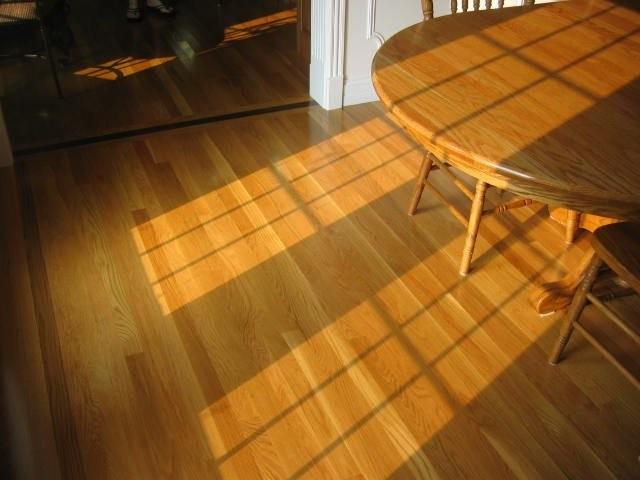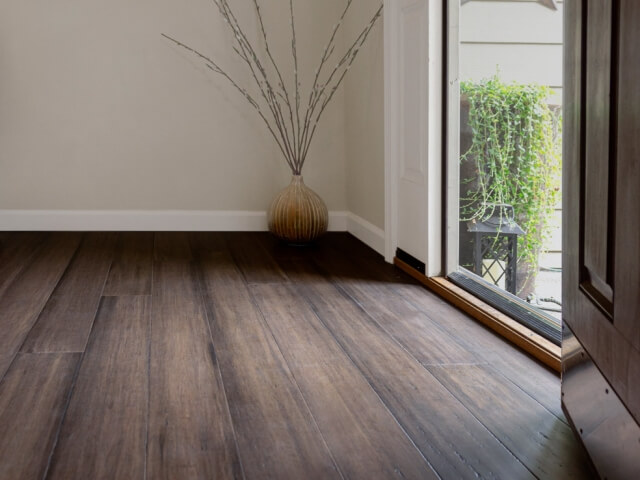Bamboo flooring is an excellent choice for homeowners who want an eco-friendly, durable, and stylish flooring solution. However, one challenge that often arises during installation is how to transition bamboo flooring between rooms seamlessly. A well-planned transition ensures a smooth visual flow, prevents tripping hazards, and enhances the overall aesthetic of your home. Whether you’re installing bamboo flooring in an open-concept space or dealing with doorways and different flooring heights, this guide will help you achieve a professional-looking transition.
Why Flooring Transitions Matter
Flooring transitions are essential for both functional and aesthetic reasons. Without proper transition planning, you may end up with uneven flooring, gaps, or awkward-looking joints that disrupt the harmony of your interior design. The right transition method helps:
- Maintain consistency in your flooring design
- Accommodate changes in floor height between rooms
- Allow for natural expansion and contraction of bamboo flooring
- Provide a smooth, trip-free surface
Key Considerations Before Transitioning Bamboo Flooring
Before deciding on a transition method, consider the following factors:
- Room Layout & Functionality – Open spaces require different transition techniques than doorways or areas where flooring changes direction.
- Flooring Height Differences – If the bamboo flooring meets a carpet, tile, or another material, you may need transition strips or reducers.
- Expansion Gaps – Bamboo flooring expands and contracts with temperature and humidity changes, so it’s essential to leave expansion gaps at doorways and transitions.
- Aesthetic Preferences – Some homeowners prefer a continuous look, while others opt for decorative transition strips.
Types of Flooring Transitions
There are several ways to transition bamboo flooring between rooms seamlessly. The best method depends on your specific layout and flooring materials.
1. T-Molding for Same-Level Floors
T-molding is the most common transition strip for bamboo flooring in adjacent rooms that are on the same level. It features a T-shaped profile that fits into a small gap between the floors, allowing for natural movement while providing a clean and finished look. Check out their post here.
Installation Steps:
- Leave an expansion gap (usually 1/4 inch) between the bamboo flooring in both rooms.
- Install the T-molding track in the gap using adhesive or screws.
- Snap the T-molding into place for a secure fit.
2. Flush or Overlap Transition Strips
For a more subtle transition, flush or overlap transition strips create a near-seamless look between rooms. These strips match the bamboo flooring color and grain, blending naturally with the floor.
Installation Steps:
- Measure the transition area and cut the strip to size.
- Use adhesive or nails to secure the strip in place.
- Ensure a smooth fit without leaving any gaps.
3. Threshold Transitions for Uneven Floors
When transitioning from bamboo flooring to a room with a different flooring height (e.g., tile or carpet), a threshold transition strip is ideal. These strips act as a bridge between the two surfaces, creating a gradual slope that eliminates tripping hazards.
Installation Steps:
- Choose a threshold strip that matches the height difference.
- Cut it to the necessary width and length.
- Secure the strip with adhesive or nails to ensure stability.
4. Seamless Transitions for Open Spaces
For large, open-concept homes where bamboo flooring runs continuously, the transition can be made seamless by ensuring precise plank alignment and maintaining consistent plank direction.
Tips for Seamless Transitions:
- Use the same flooring throughout to maintain visual continuity.
- Stagger the planks to avoid noticeable seams.
- Keep the plank direction consistent to create a natural flow.

How to Transition Bamboo Flooring at Doorways
Doorways present a unique challenge when transitioning bamboo flooring. Here are some techniques to ensure a professional finish:
- Undercut the Door Jamb – Cutting the bottom of the door jamb allows the bamboo flooring to slide underneath, creating a cleaner transition.
- Use T-Molding or Threshold Strips – Depending on whether the floors are the same height, use the appropriate transition strip for a seamless look.
- Align the Planks Properly – Ensure that planks on either side of the doorway line up neatly to maintain the flooring pattern.
Tips for a Professional-Looking Transition
- Plan Ahead: Before installing bamboo flooring, map out your transition areas and choose the best method for each space.
- Use Matching Materials: If using transition strips, select those that match the bamboo flooring for a cohesive appearance.
- Leave Expansion Gaps: Always allow for natural movement to prevent buckling or warping.
- Secure Transitions Properly: Whether using adhesive, nails, or screws, ensure the transition strips are firmly in place to avoid loose edges.
- Consider Flooring Direction: Keeping planks aligned across rooms enhances the sense of flow and spaciousness.
Final Thoughts
A seamless bamboo flooring transition between rooms enhances the beauty and functionality of your home. Whether you’re dealing with open spaces, doorways, or uneven flooring heights, using the right transition techniques will ensure a polished and professional finish. By carefully planning your transitions and choosing the appropriate materials, you can achieve a stunning, durable flooring solution that adds long-term value to your home.

